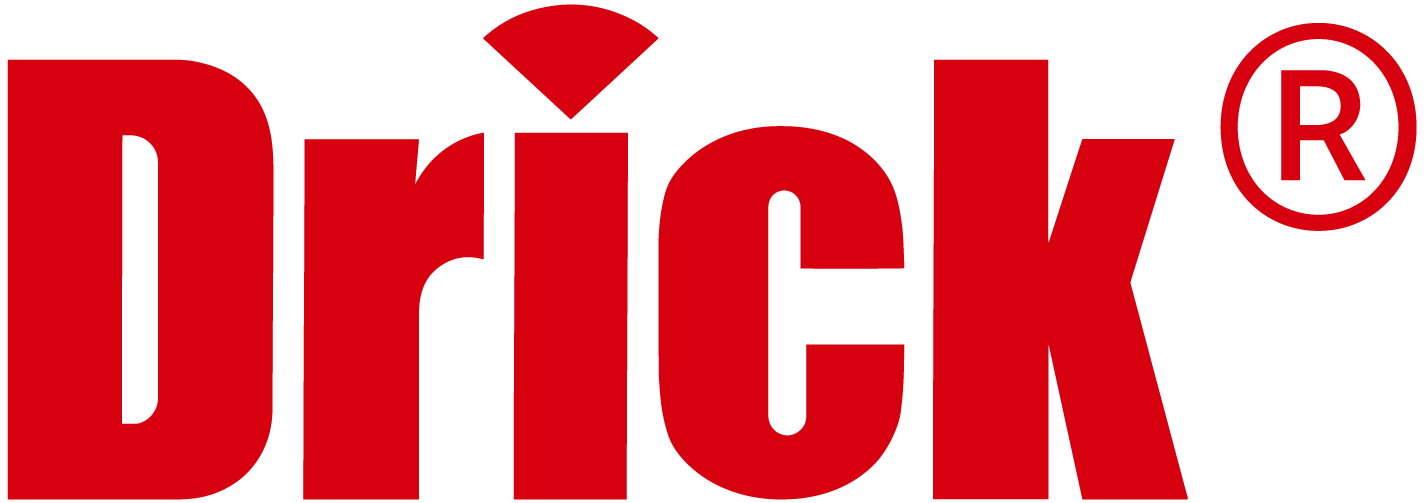A polarimeter is an instrument used to measure the optical rotation of substances and is widely applied in fields such as chemical analysis, pharmaceutical manufacturing, and the food industry. Optical rotation refers to the phenomenon in which the vibration plane of plane – polarized light rotates when it passes through certain substances, and this property is called optical activity. The results of the polarimeter are affected by various factors, including but not limited to the following aspects:
- Temperature
- Influence mechanism: Changes in temperature can affect the length of the polarimeter tube and the density of the liquid to be measured, thus causing a change in the optical rotation. Specifically, an increase in temperature causes the polarimeter tube to expand and its length to increase, which in turn leads to a decrease in the density of the liquid to be measured. At the same time, temperature changes can also cause the molecules of the substance to be measured to associate or dissociate, altering the optical rotation.
- Experimental control: To ensure the accuracy of the measurement, the temperature must be kept constant during the experiment. Usually, a super constant – temperature bath is connected to the constant – temperature jacket on the polarimeter tube to control the temperature.
- Solution concentration
- Influence mechanism: Under certain experimental conditions, the optical rotation of an optically active substance is proportional to the concentration. However, strictly speaking, the specific rotation is not a constant and fluctuates with the change in concentration.
- Experimental control: To ensure the accuracy of the measurement results, the concentration of the solution needs to be precisely prepared and measured. For relatively dilute solutions, a longer polarimeter tube can be used to improve the accuracy.
- Solvent type
- Influence mechanism: The type of solvent also has a certain impact on the optical rotation. Different solvents may interact with the optically active substance to varying degrees, thus affecting its optical rotation.
- Experimental control: When choosing a solvent, a solvent with less impact on the optical rotation should be selected as much as possible, and the type of solvent used and its possible impact should be noted in the experimental report.
- Polarimeter tube length
- Influence mechanism: The optical rotation is proportional to the length of the polarimeter tube. The commonly used polarimeter tube lengths are 10 cm, 20 cm, and 22 cm.
- Experimental control: Select an appropriate polarimeter tube length according to the optical rotation ability of the solution to be measured. For solutions with weak optical rotation ability, a longer polarimeter tube should be selected to reduce the relative error of the reading.
- Light wavelength
- Influence mechanism: Different wavelengths of light also have different effects on the optical rotation. Usually, the monochromatic light source used is a sodium lamp with a wavelength of 589 nm.
- Experimental control: The light wavelength should be kept consistent during the experiment, and the wavelength of the light source used should be noted in the experimental report.
- Substance structure
- Influence mechanism: The optical rotation mainly depends on the structure of the optically active substance itself. Only molecules with chirality can exhibit optical activity.
- Experimental control: When analyzing the optical rotation, it is necessary to clarify the structural characteristics of the substance to be measured, especially whether it has chirality.
- Instrument calibration and correction
- Influence mechanism: The calibration and correction of the instrument directly affect the accuracy of the measurement results. An uncalibrated or uncorrected instrument may lead to large measurement errors.
- Experimental control: Regularly calibrate and maintain the polarimeter to ensure it is in the best working condition. Modern automatic polarimeters have an automatic calibration function, which can reduce human errors.
- Operating steps
- Influence mechanism: The accuracy of the operating steps also has an important impact on the measurement results. For example, the presence of air bubbles, incorrect placement of the test tube, etc., will affect the measurement of the optical rotation.
- Experimental control: Measure strictly in accordance with the standard operating steps, including pre – heating the sodium lamp, adjusting the zero point, and correctly placing the test tube. After each measurement, record and analyze the data, and if necessary, repeat the measurement and take the average value.
Post time: Jan-15-2025




